What do you look for when selecting a mountain bike helmet? When you select a helmet that doesn’t serve your desired purpose, or you overlook important factors, you might expose yourself to unnecessary risks. This article will discuss some common mistakes riders make when choosing a mountain bike helmet so you can make a more informed decision on your next purchase. Whether you’re just starting out or a seasoned rider looking to upgrade your safety gear, these concepts apply to you.
Prioritizing Style Over Safety
Compromising safety for personal style is a terrible mistake. While we all want a cool and sleek-looking helmet, there’s a limit to how much we can customize a helmet. When you prioritize style over your safety, here’s what you risk:
Reduced Impact Protection
Other than over-customizing your helmet, sometimes you might choose the wrong type of helmet especially when your key focus is style. For example, when you choose a helmet designed for trail riding and you’re a downhill racer. As a result, you risk severe head injuries upon impact.
Poor Stability and Fit
You might be tempted to choose a unique-looking helmet without considering your head size and shape. As a rule of thumb, your ideal helmet must fit properly leaving room for very little wiggle – just for your comfort. Anything more than that risks the helmet coming off or shifting in case of a collision. A poorly fitting helmet might also compromise its ability to absorb and distribute destructive forces, putting you at risk of severe head injuries.
Compromised Structural Integrity
Helmets with excessive modifications or over-embellishments risk altering their structural integrity. Some alterations require drilling through the helmet shell while others remove essential parts of the helmet. Similarly, attaching heavy embellishments might weaken the helmet’s impact absorption ability. And once you compromise your helmet’s structural integrity, you reduce its ability to protect you in case of an accident.
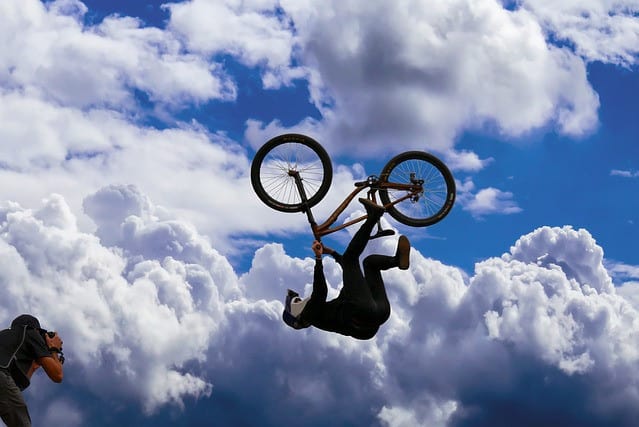
Poor Ventilation
Some of the overly pimped helmets tend to sacrifice ventilation for their stylish design elements. Other riders use the vents designed for air circulation to hold fashion studs and lights. While the end product looks quite attractive, such helmets might not be suitable for riding long hours or in extreme heat. A poorly ventilated helmet will make you feel hot and sweaty, which can be very uncomfortable and even trigger heat-related skin reactions.
Compromised Visibility
Most helmet manufacturers add reflective elements to improve your visibility on the road. However, some embellishments added for style and some over-customization techniques may alter these reflective elements thereby compromising your visibility to other road users. If you normally ride early in the mornings or at night, be cautious of such features. Good visibility in low-light conditions minimizes your chances of being hit.
Ignoring a Helmet’s Compatibility with Other Gear
Do you plan to use additional accessories such as a removable visor, adjustable buckle system, helmet lights, goggles, and sunglasses? How compatible is your helmet of choice with these additions? Compatibility ensures your helmet of choice works seamlessly with other gears, optimizing your performance.
For example, when goggles and sunglasses fit properly, your eyes enjoy protection against UV light, wind, and debris with unobstructed vision. If they don’t fit properly, you will endure discomfort, compromised visibility, and a higher risk of accidents.
Similarly, well-fitted lights enhance your visibility, especially in low-light conditions. If such lights are forcefully fitted in the helmet, you risk blocked ventilation and compromised structural integrity. Always ensure you consider the compatibility of a helmet with any accessories you plan to add before purchase.
Wrong Sizing
Another common mistake is selecting a helmet that doesn’t match your head size. A too large helmet might not provide protection since it can easily shift or come off upon impact. This will leave your head exposed to injuries. A helmet that is too large will also be uncomfortable to wear since it keeps wobbling as you move your head causing distractions.
Similarly, a small-sized helmet will be too tight leaving you with pressure points that can lead to a headache and of course discomfort. Moreover, such a helmet might not adequately cover the entire head which leaves some areas exposed and vulnerable.
How do you know your helmet fits well? First, it must sit level on the head and cover the entire forehead. It should fit just right and not too tight. We are looking for a snug fit that allows two fingers to fit between the rim of the helmet and your eyebrows. The buckle and strap should also fasten securely to prevent the helmet from coming off or shifting in case of a collision.
The good news is that most helmets incorporate some form of adjustment to fine-tune the fit. Such helmets are more forgiving should you make a mistake when measuring your head. Overall, be keen on the manufacturer’s sizing guide so you get the fit right with your first purchase.
Overlooking Comfort
What type of rider are you? A trail rider or downhill racer? Downhill racers might overlook comfort since their focus is more on safety. However, a trail rider needs all the ventilation and comfort options available since theirs is a long and physically intensive ride. When you overlook ventilation, you risk heat build-up and too much sweat. This is not only uncomfortable but might also lead to heat-related skin problems and impaired visibility as condensation builds up on the visor or your goggles.
If you plan to ride along challenging terrain or ride for long hours, ensure you get a well-ventilated helmet to optimize air circulation and consequently keep you cool and dry throughout the ride. Such comfort helps you to maintain your focus on the trail and enjoy your ride.
Neglecting Visibility
Do you frequent busy highways with your mountain bike? How visible are you to other road users? While riding in low-light conditions, prioritize your visibility to other motorists to avoid being knocked over.
Choose a helmet that incorporates reflective elements, uses high visibility helmet material, or even bright colors. Look for features such as reflective stickers, and built-in reflector strips, or even add your own LED lights. Such additions make you more noticeable on the road as they reflect back light from other cars and even streetlights.
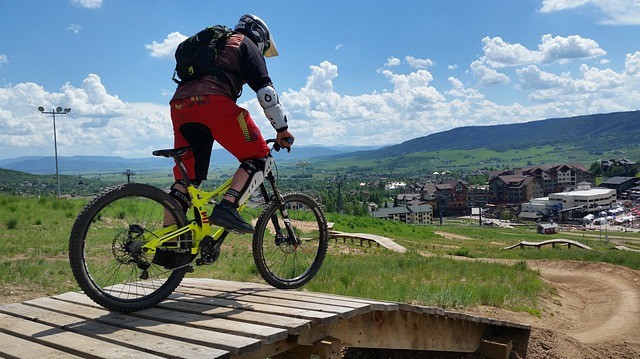
Choosing Helmets with Poor Buckle and Strap Adjustment
A snug helmet fit is essential for optimum protection. Buckle and straps further enhance this fit. Some give you the option to fine-tune the fit while others are fixed. We also have removable straps just to add to the user’s flexibility. Depending on what type of rider you are, you need to consider how easy your helmet of choice is to adjust.
If you might not always have the time to sit down and re-adjust your straps before each ride, consider a dial buckle system for a quick fix on the move. Similarly, if you ride for leisure, comfort is key. Therefore, consider a helmet that allows you to remove the entire buckle and strap system yet still remains well-fitted and secure.
Conclusion
The key factors you need to consider with every mountain bike helmet are safety standards, fit, ventilation, and visibility. If you compromise any of these, you’re likely to end up with a less effective helmet. Pay attention to the above common mistakes when choosing a mountain bike helmet, whether you’re purchasing a new bike helmet or customizing an old one.
People Also Ask
1. How do I know if my mountain bike helmet fits correctly?
A properly fitted helmet should sit level on your head, covering your forehead. The straps should form a “V” shape under your ears, and the helmet shouldn’t move around when you shake your head.
2. What type of mountain bike helmet do I need?
The type of helmet you need depends on your type of riding. An open-face helmet is sufficient for cross-country or trail riding, while a full-face helmet is recommended for downhill or enduro.
3. How often should I replace my mountain bike helmet?
Helmets generally have a lifespan of about five years, even if they haven’t been in a crash. It’s also recommended that you replace your helmet after a significant impact.

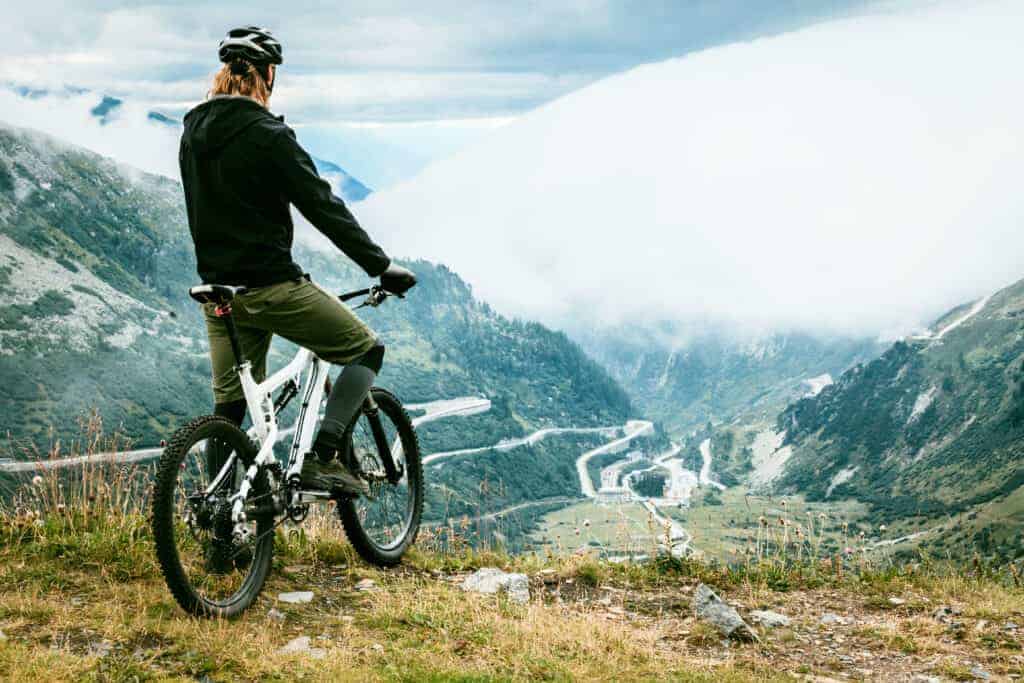

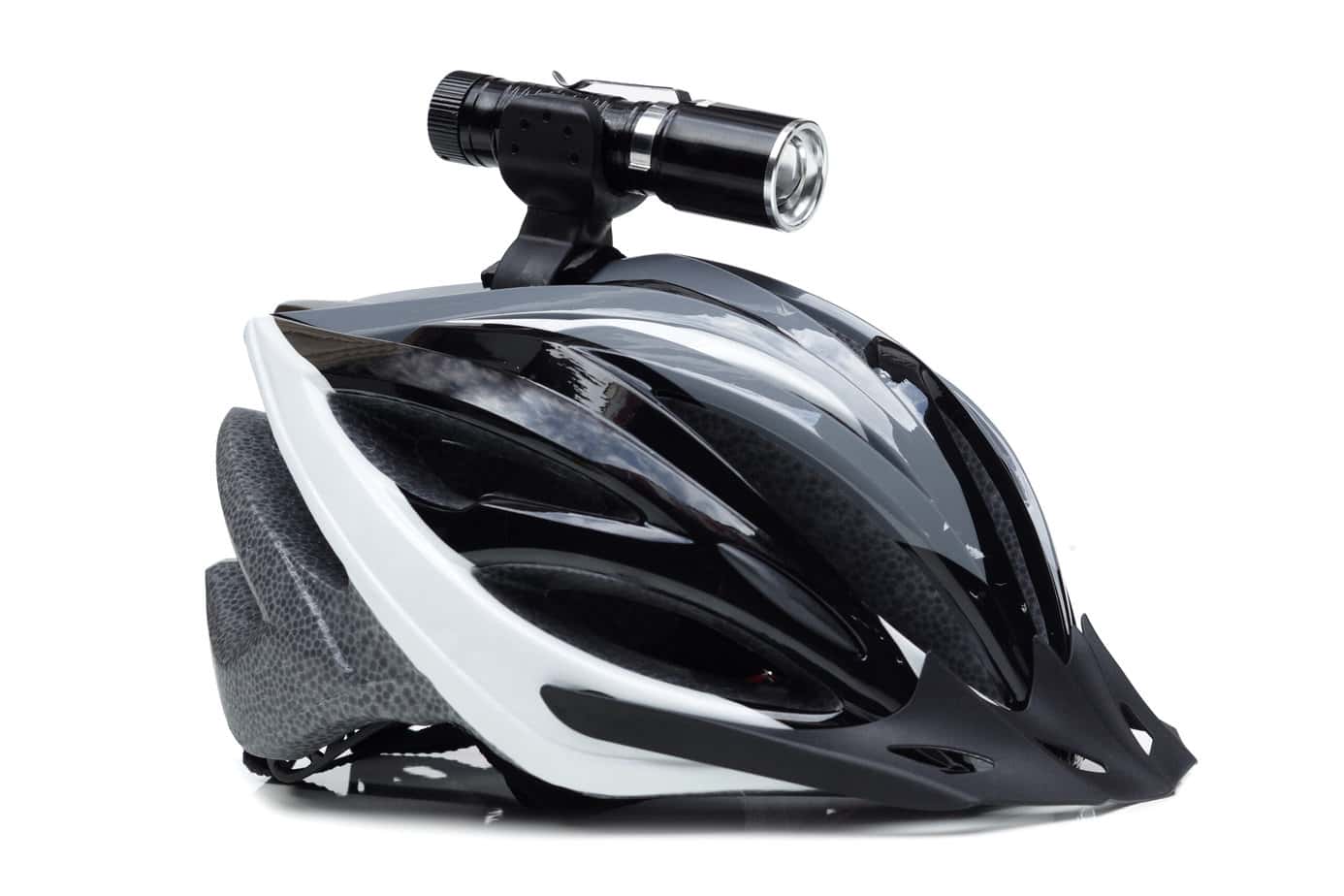
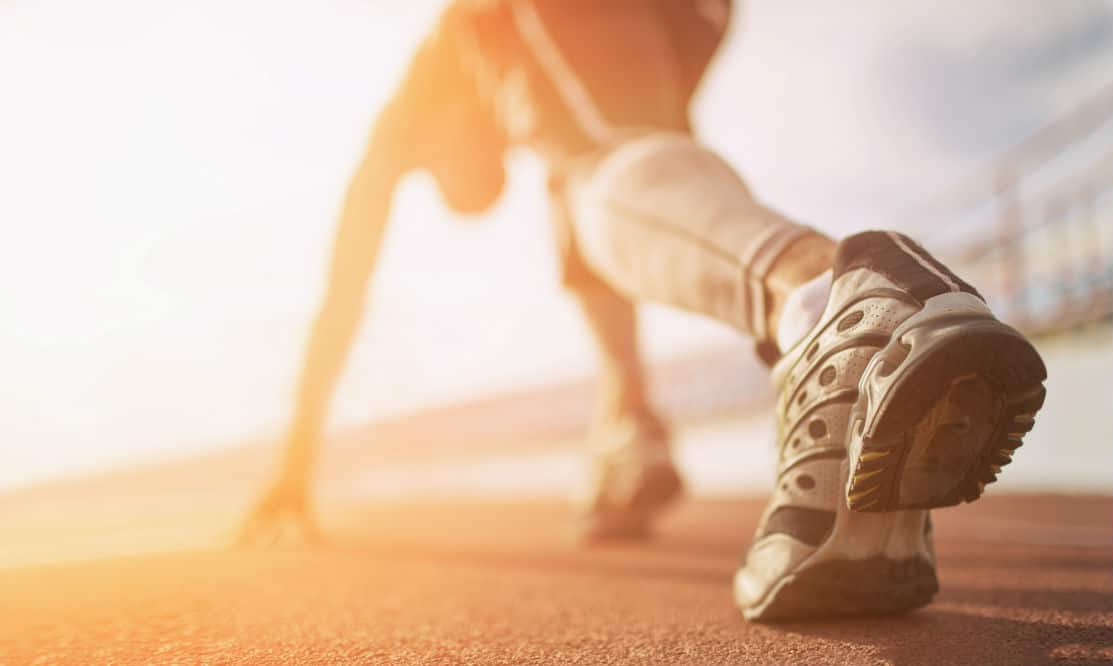
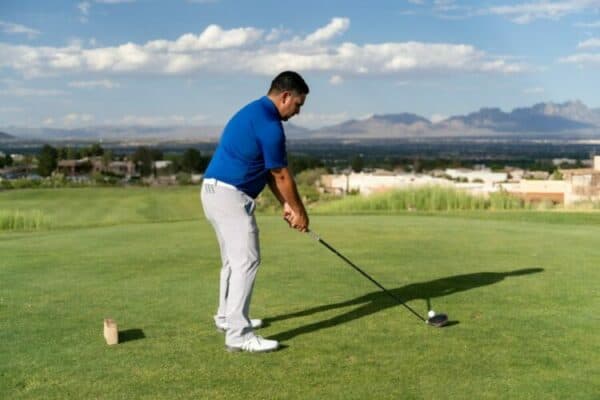
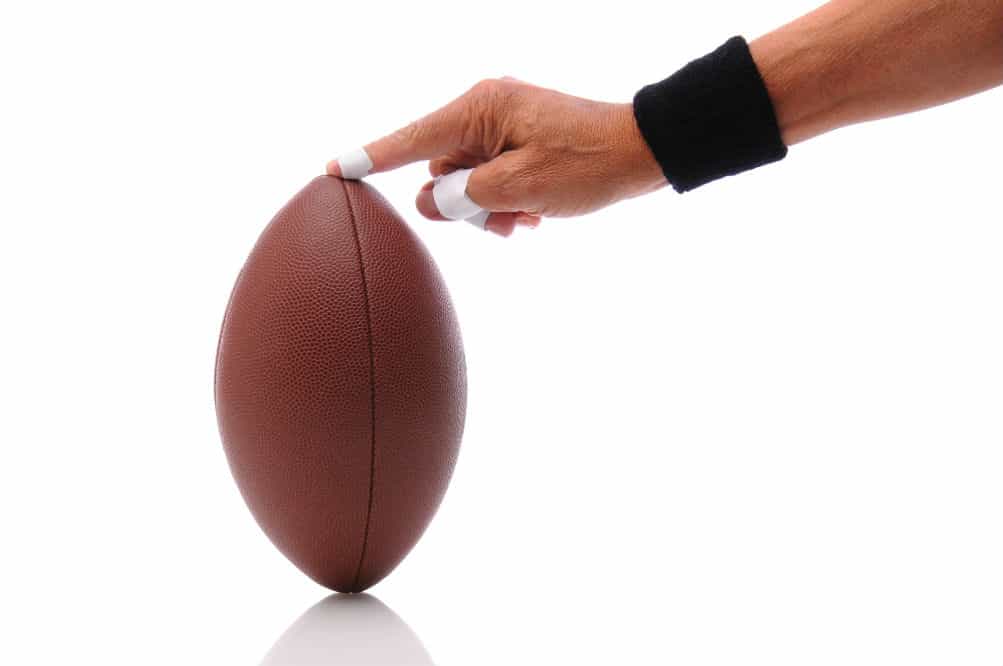







Great post! Safety should always be the top priority when choosing a mountain bike helmet. I appreciate the emphasis on avoiding style over safety. It’s so important to consider factors like impact protection, stability, and structural integrity. My question is, how do you balance style and safety in your own choice of a mountain bike helmet? Do you have any personal tips for finding that perfect combination?
Hi, Hanna, and thank you.
Thank you for your kind words.
My thumb rule is that if there is a doubt about my style or safety, I always give safety the benefit of the doubt, without exception.
Too it is important to know if you need some things. Like the LED lights, you often don´t need it, and then I take it off or use it as part of my style.
The same goes for the mirrors. So it is a mix of common sense and what you like to have as part of your style, just with given safety the benefit of the doubt, without exception.
It’s great to hear about the benefit of the article, too.
Don’t hesitate to contact me to help you with anything else or if you have any questions.
Good afternoon,
This article provides valuable insights into common mistakes made when choosing a mountain bike helmet, emphasizing the importance of safety and functionality over style.
Questions:
How can riders ensure the compatibility of their mountain bike helmets with accessories like helmet lights and goggles while maintaining safety and performance?
Could you recommend specific guidelines for finding the right balance between comfort and safety when selecting a helmet for different types of riders, such as trail riders and downhill racers?
Thanks in advance for your answer.
Ligne
Hi, Claude, and thank you.
Thank you for your kind words.
My thumb rule is that if there is a doubt about my style or safety, I always give safety the benefit of the doubt, without exception.
I have said that before and will keep saying it. Safety first!
We wrote about your questions more and less in this post here. So you can see it on more dept.
But there are some things to have in mind, too.
First, it is important to know if you need some things. Like the LED lights, you often don´t need them, and then I take them off or use them as part of my style.
Other things like mirrors have the same principle. But the critical thing is that you only use, now I am more talking about the style, the items on place they don´t negatively affect your view.
For example, you can add it to many goggles. You had it close to your ear so you could see it well without taking part of your view. Remember, you are adding the space to watch, not narrow it.
But there is very useful information about it in the post.
It’s great to hear about the benefit of the article, too.
Don’t hesitate to contact me to help you with anything else or if you have any questions.